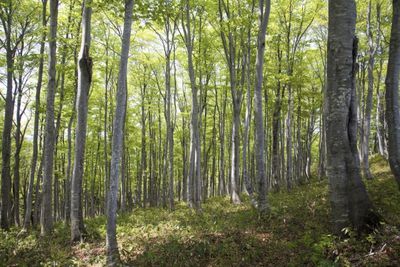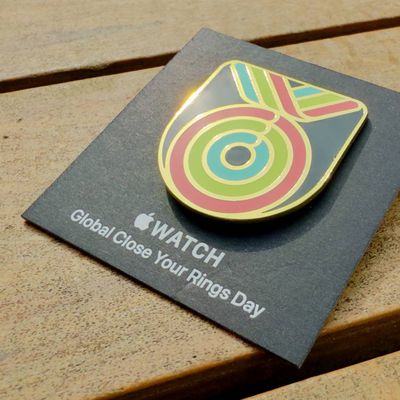Apple's partnership with The Conservation Fund to protect working forests has begun to show returns for both Apple and the state of North Carolina, according to information the organization shared with the Triangle Business Journal.
Apple vice president of environment, policy and social initiatives Lisa Jackson shared the article covering Apple's conservation efforts on Twitter this afternoon.

Environmental protection = good for the planet & economy. Yet another example through our work with @ConservationFnd https://t.co/XUMRMybdfy — Lisa P. Jackson (@lisapjackson) March 15, 2017
Jena Thompson Meredith, vice president of business partnerships at The Conservation Fund, says Apple's purchase of forest land in North Carolina and Maine has protected 36,000 acres of sustainable forest.
In 2016, the group harvested more than 13,000 metric tons of wood between the two forests, she says, though she did not break that number down by state.
She says the collective annual production from the forests in North Carolina and Maine was equivalent to about 30 percent of the virgin fiber used in Apple's product packaging for 2015.
With survey work, site prep, and harvesting and planting, the Brunswick Forest portion of the project has employed more than 30 people in logging operations in North Carolina, resulting in more than 10 jobs per 1,000 acres.
The effort has also protected North Carolina's Green Swamp Preserve, which is home to six rare species, including the Venus flytrap. Across 300 of the the 3,600 acres Apple purchased in North Carolina, The Conservation Fund has planted an additional 185,000 trees. 40 acres of those include the native longleaf pine and the Atlantic white cedar, both of which provide a home to a rare butterfly.
Apple first partnered with The Conservation Fund in April of 2015, purchasing thousands of acres of working forest for its paper supplies.
At the time, Apple said it was aiming to use paper more efficiently by increasing recycled paper content, sourcing paper sustainably, and conserving acreage of working forests around the world equivalent to its virgin paper footprint.
More than 99 percent of Apple's product packaging in 2015 came from paper that was recycled or sourced from sustainably managed forests, according to the company's 2016 environmental report.























Top Rated Comments